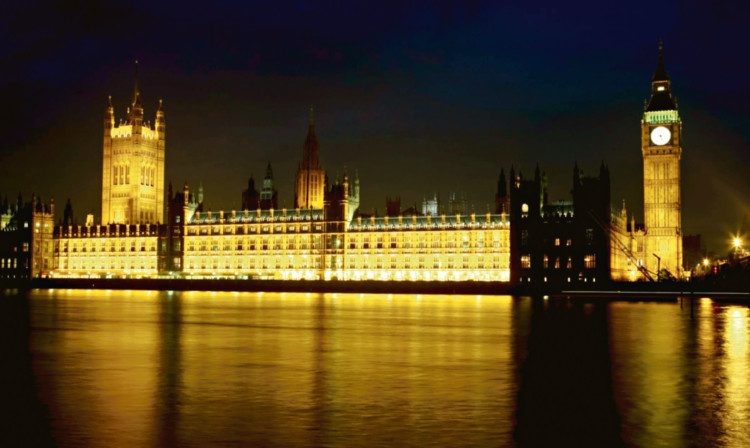
Energy giants accused of ripping off families have been helping to secretly draft Government policy in Westminster.
Newly released documents show top staff from the Big Six firms are regularly being seconded to work with the Department for Energy and Climate Change.
The files show workers from the likes of British Gas owners Centrica and EDF are working in the heart of Government with full access to those ministers and mandarins drawing up Britian’s energy policy.
The revelations come after David Cameron’s cabinet was accused of being soft on the utility giants in the face of eye-watering price hikes for householders and surging profits for the firms.
Critics last night pointed out ordinary people could only dream of such unfettered access to those making crucial energy policy decisions and slammed the arrangement as a “straight-up conflict of interest”.
Clare Welton of the Fuel Poverty Action group said: “The news that Big Six employees are working inside DECC makes it abundantly clear whose interests the Government are representing when it comes to energy policy and prices.
“While millions of households are in the midst of another tough winter with unaffordable energy prices, Big Six representatives are working hard to ensure the voice of the profiteering energy industry is louder than those in fuel poverty.
“It is time for people, not profit, to come first.”
In all, 66 people have been seconded to the DECC since 2010. Among them are staff from British Gas owners Centrica and the National Grid, which runs the UK electricity network. Previously, EDF employees and staff from oil giants Shell have worked in the department.
News of the deal to place workers from the big energy firms at the heart of Government departments only came to light in Freedom of Information requests passed to The Sunday Post. While the documents said the secondees were not involved in drafting laws, it did say they helped with policy work.
The response stated: “DECC policy makers (including secondees) may undertake policy development work, provide policy instructions and comment on drafts.”
Joss Garman of Greenpeace, who previously probed the DECC on their relationship with the Big Six, said: “When the Government said it was going to take on the energy industry, we didn’t realise that meant hiring their staff and letting them write the rules.
“This is a straight-up conflict of interest and the public are the losers, shut out of decision-making by the companies bleeding them dry with rising bills.”
Tom Greatrex, Labour’s shadow energy minister, added: “Industry has a role to play in helping Government to ensure policies are workable but this is remarkably complacent, bordering on negligent. It is time they got a grip so policies are implemented in the interests of consumers, rather than fuelling suspicions about the motives of secondments into DECC.”
Representatives from the Big Six energy firms were accused of “ripping off” consumers when they appeared before a committee of MPs last year.
British Gas, Scottish Power, EDF, Npower, Scottish and Southern and E.ON are believed to have resisted Government pressure to hold prices.
A spokeswoman for DECC said: “Secondees bring with them knowledge and expertise which are vital to helping DECC do its job effectively.
“DECC ensures that any secondee is bound by the professional Codes of Practice relevant to their industry or services provided.”

Enjoy the convenience of having The Sunday Post delivered as a digital ePaper straight to your smartphone, tablet or computer.
Subscribe for only £5.49 a month and enjoy all the benefits of the printed paper as a digital replica.
Subscribe